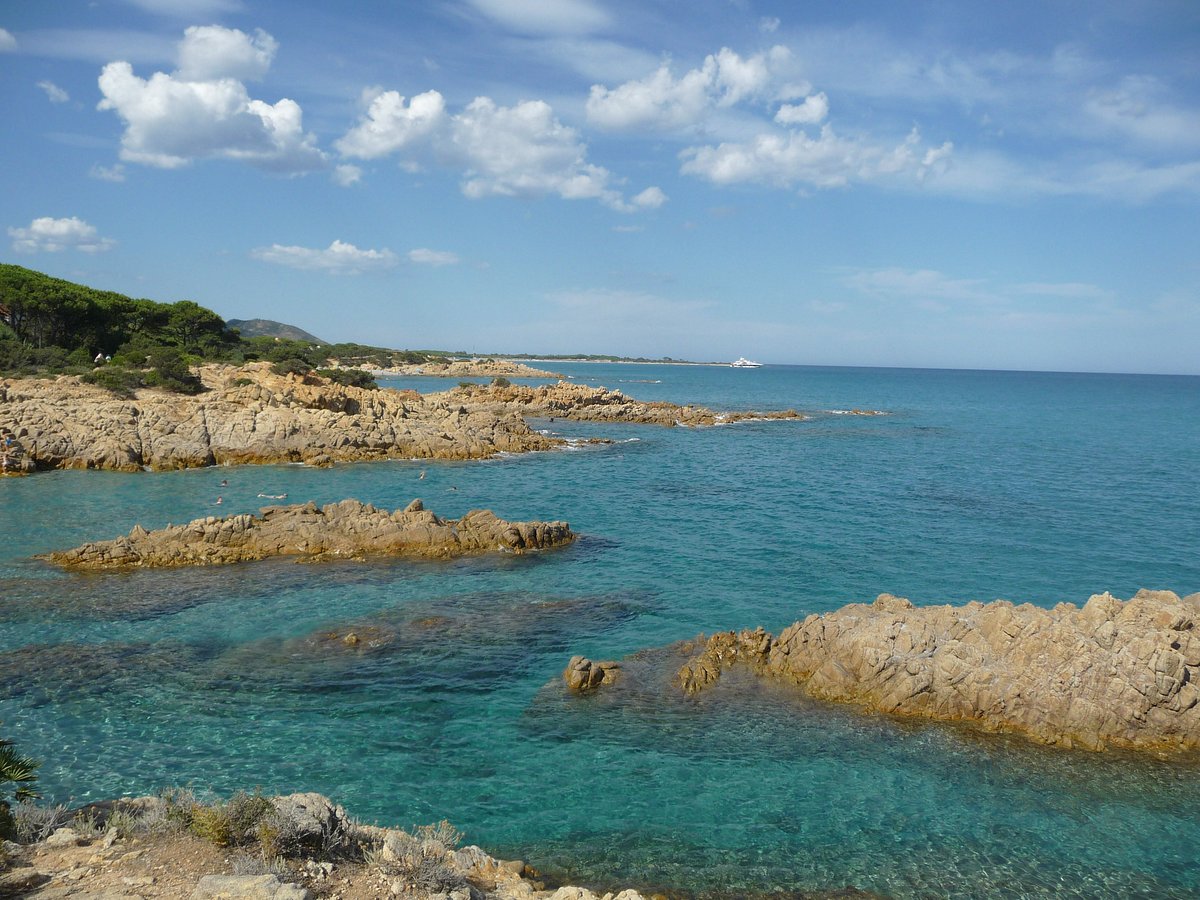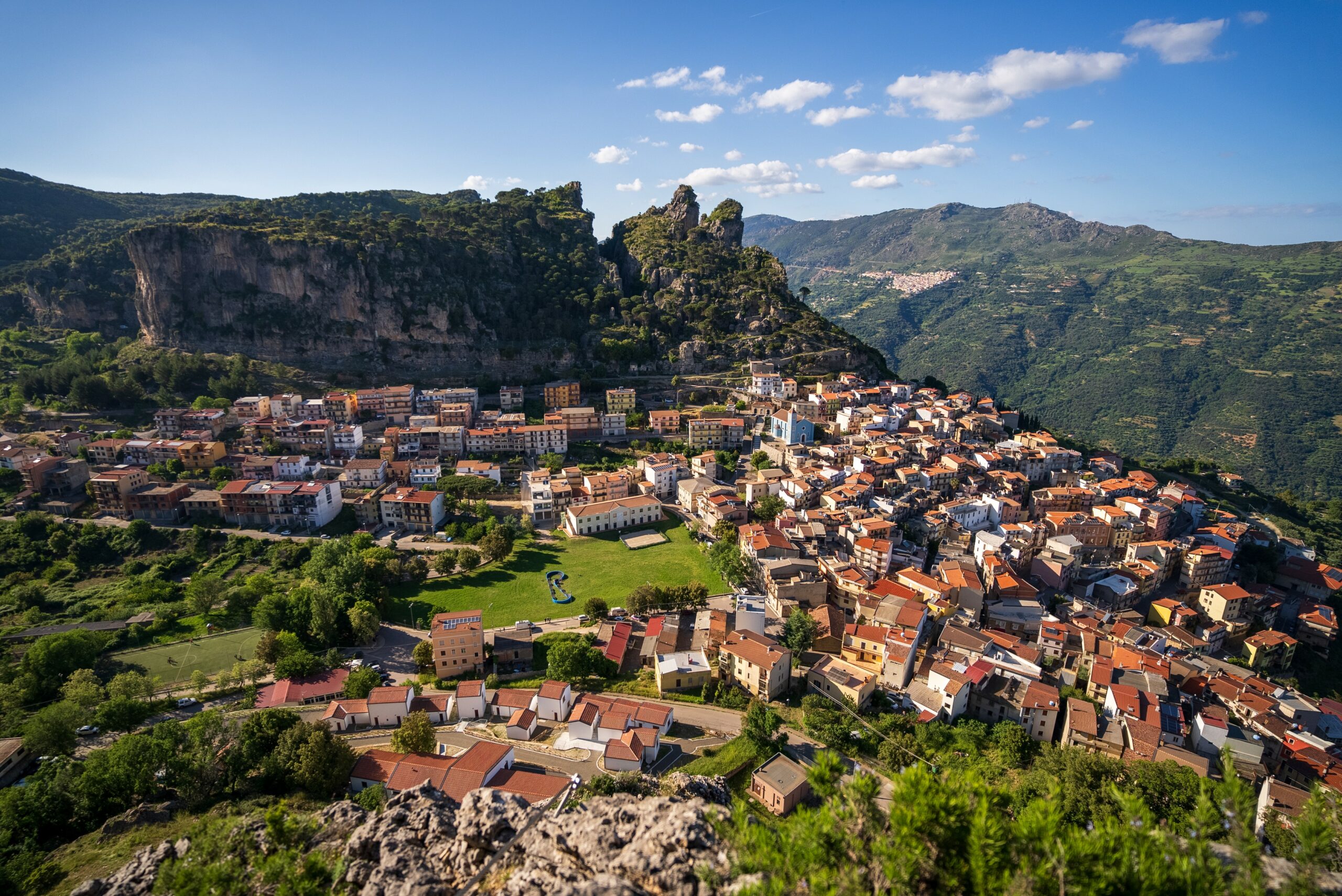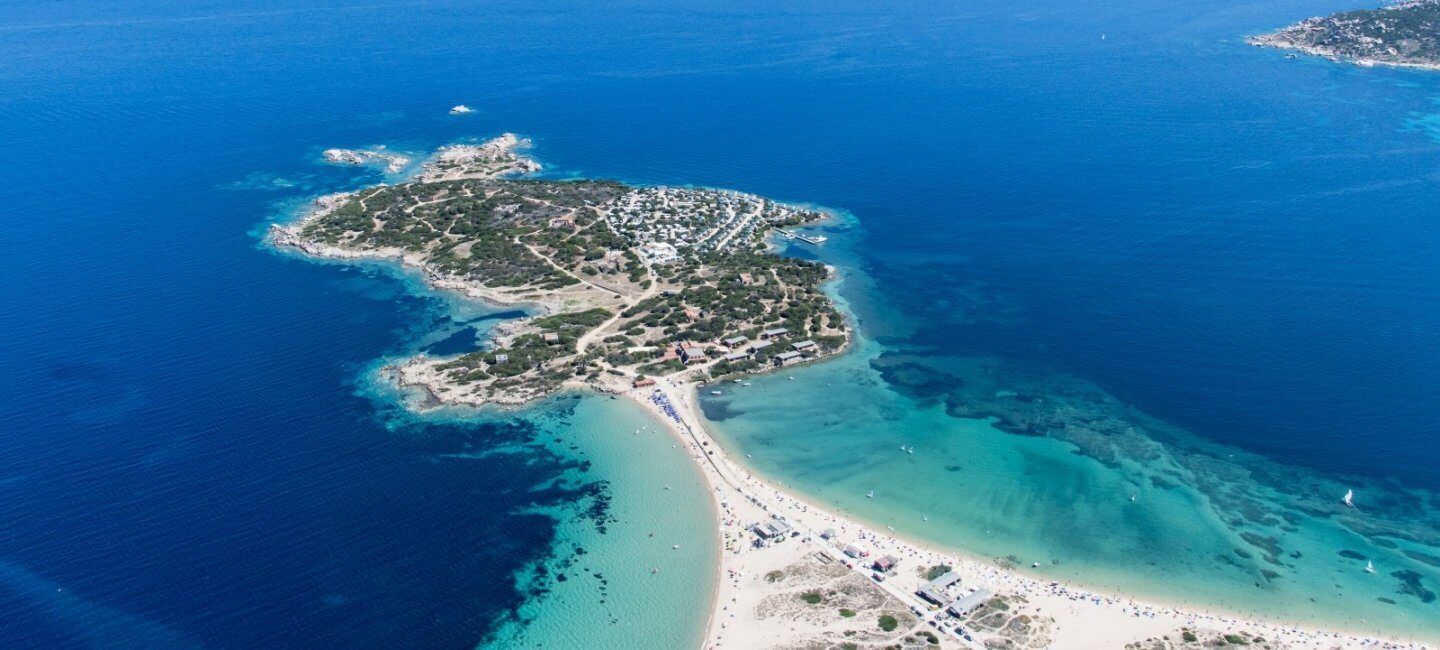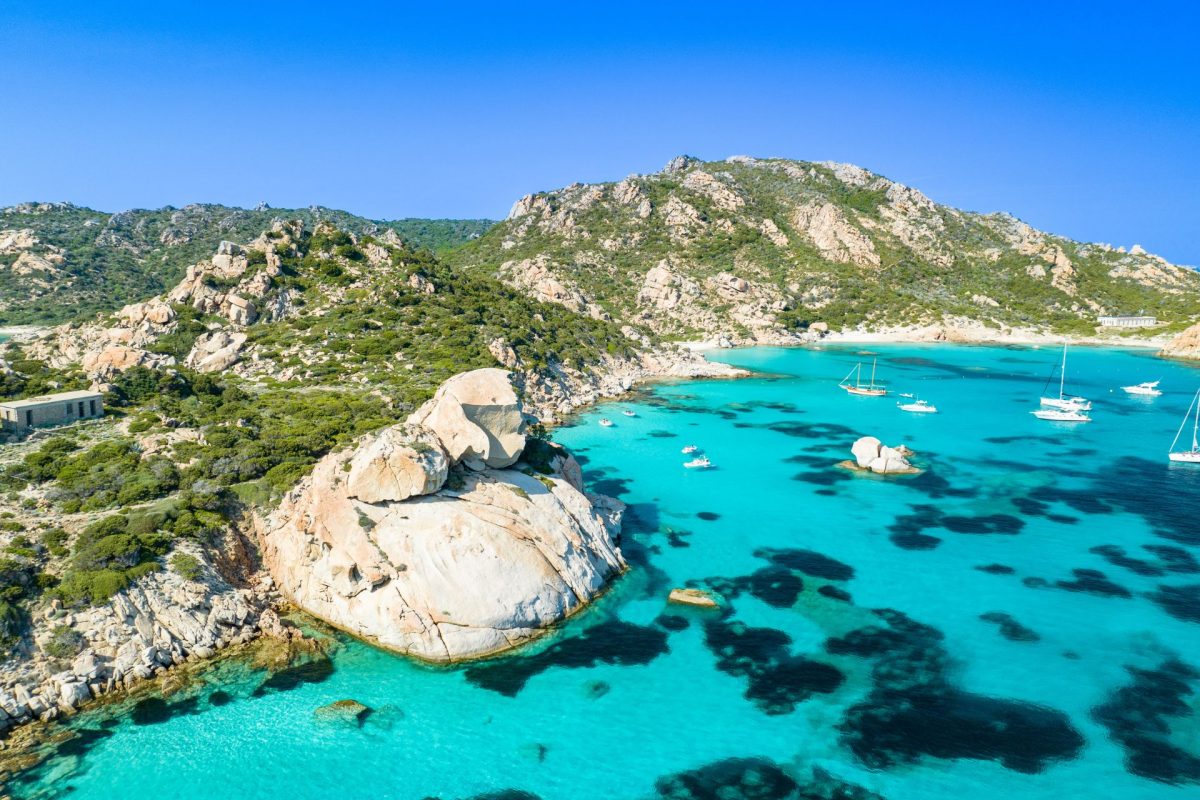Walking tours
- 3 hours
- Cagliari
Sardinia UNESCO sites: what are they?
1. Nuraghe of Barumini (Su Nuraxi)
Zone: Central Sardinia (Province of South Sardinia, Barumini)
UNESCO Recognition: 1997
The Nuraghe of Barumini, known as Su Nuraxiis one of the most iconic symbols of Sardinia and a must for those who want to immerse themselves in the island's history. Built during the Bronze Age (around 1500 BC), this archaeological complex is an exceptional example of Nuragic megalithic architecture.
The site comprises a central tower about 15 metres high, built of large stone blocks, surrounded by defensive walls and a series of smaller towers connected by walkways. Around the main structure, a village of circular huts developed, where the ancient Nuragics lived and organised themselves socially.
The UNESCO recognition is due not only to the beauty of the site, but also to its extraordinary state of preservation and its role in the understanding of the Nuragic civilisation. During the visit, guides tell fascinating stories about the religious rituals, daily life and architectural ingenuity of this mysterious people.
Why visit:
You will feel like an explorer of the past, surrounded by stones that have seen millennia of history. It is a perfect place for those who love archaeology, but also for those who simply want to admire one of the most evocative views of central Sardinia.
Vetuste Forests of Supramonte
Zone: Central-East Sardinia (Ogliastra, Supramonte)
UNESCO Recognition: 2021
In the heart of Ogliastra, the Supramonte holds some of the oldest and most pristine forests in Europe, now recognised by UNESCO as part of the transnational 'Primordial Beech Forests' project. This site protects a unique ecosystem where nature has thrived for thousands of years without human intervention.
Walking in the forests of Supramonte is a journey back in time: you can admire thousand-year-old beech trees, wind-twisted junipers and unique wildlife such as mouflon, golden eagles and Sardinian deer. It is a paradise for trekking and adventure enthusiasts, with trails through deep gorges, hidden springs and breathtaking views.
This area is also closely linked to local culture: along the trails are ancient cuilestraditional shepherds' huts, which tell stories of a simple life in harmony with nature.
Why visit:
If you are looking for an authentic contact with wild nature, the forests of Supramonte will give you an unforgettable experience. It is the ideal place for those who love to get lost in the green and discover the most authentic and unspoilt side of Sardinia.
Historic Mines of Sulcis-Iglesiente
Zone: South-West Sardinia (Province of South Sardinia, Iglesias and surroundings)
Status: Awaiting official recognition
South-western Sardinia is a veritable open-air museum dedicated to mining history. The Mines of Sulcis-Iglesiente represent an extraordinary example of industrial archaeology and tell a fundamental chapter in the economic and social history of the island.
This region has been an important mining centre since ancient times: the Phoenicians, the Romans and then the Savoy exploited the mineral wealth of the area, particularly coal, zinc and lead. During the 19th and 20th centuries, mining transformed the area, giving rise to villages and industrial complexes of great importance.
Among the most fascinating sites are Porto Flaviaa rock-cut structure overlooking the sea, and the mines of Monteponi e Montevecchiowith their Art Nouveau buildings. These places are not only symbols of work and progress, but also testaments to the sacrifice and resilience of local communities.
Why visit:
The mines are a unique mix of history, nature and engineering. Walking among the old industrial buildings and tunnels carved into the rock will make you feel like an adventurer from the past. Moreover, the Costa Verde surrounding them is an area of extraordinary beauty, with wild beaches and dunes that seem to have come out of another world.
Sardinia UNESCO sites to watch out for
In addition to those officially recognised, Sardinia boasts other attractions that may soon be awarded World Heritage status, such as the Geomining Park of Sardiniawhich celebrates the geological and historical uniqueness of the island. Even the Domus de Janas (the 'fairy houses') and the Giants of Mont'e Prama are excellent candidates for future recognition.
Sardinia, with its unique combination of nature, history and culture, is a place that deserves many more UNESCO sites!





